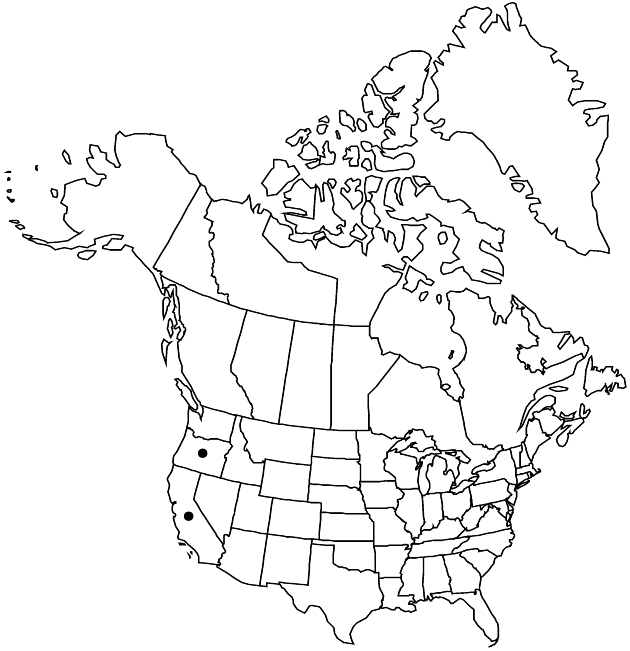Difference between revisions of "Hazardia whitneyi"
Pittonia 3: 43. 1896.
FNA>Volume Importer |
FNA>Volume Importer |
||
| Line 61: | Line 61: | ||
|publication year=1896 | |publication year=1896 | ||
|special status= | |special status= | ||
| − | |source xml=https://jpend@bitbucket.org/aafc-mbb/fna-data-curation.git/src/ | + | |source xml=https://jpend@bitbucket.org/aafc-mbb/fna-data-curation.git/src/f50eec43f223ca0e34566be0b046453a0960e173/coarse_grained_fna_xml/V19-20-21/V20_1025.xml |
|tribe=Asteraceae tribe Astereae | |tribe=Asteraceae tribe Astereae | ||
|genus=Hazardia | |genus=Hazardia | ||
Revision as of 20:22, 16 December 2019
Perennials (from woody rootstocks) or subshrubs, 20–50 cm. Stems scabrid to sparsely tomentulose, distally stipitate-glandular. Leaves sessile; blades widely oblong to oblanceolate, 25–50 × 7–16 mm, subcoriaceous, bases subclasping (distal), margins serrate, apices acute, faces glabrous, sparsely puberulent, or glandular-scabrid. Heads borne singly or in spiciform, racemiform, or cymiform arrays. Involucres campanulate, 11–13 × 8–12 mm. Phyllaries sometimes recurved, linear-lanceolate, apices acute, herbaceous and stipitate-glandular. Ray florets 0 or 5–18, sterile; corollas longer than involucres, conspicuous. Disc florets 15–30; corollas 8–10 mm. Cypselae 5–10 mm, glabrous.
Distribution

w North America.
Discussion
Varieties 2 (2 in the flora).
Selected References
None.
Key
| 1 | Ray florets 0 | Hazardia whitneyi var. discoidea |
| 1 | Ray florets 5–18 | Hazardia whitneyi var. whitneyi |